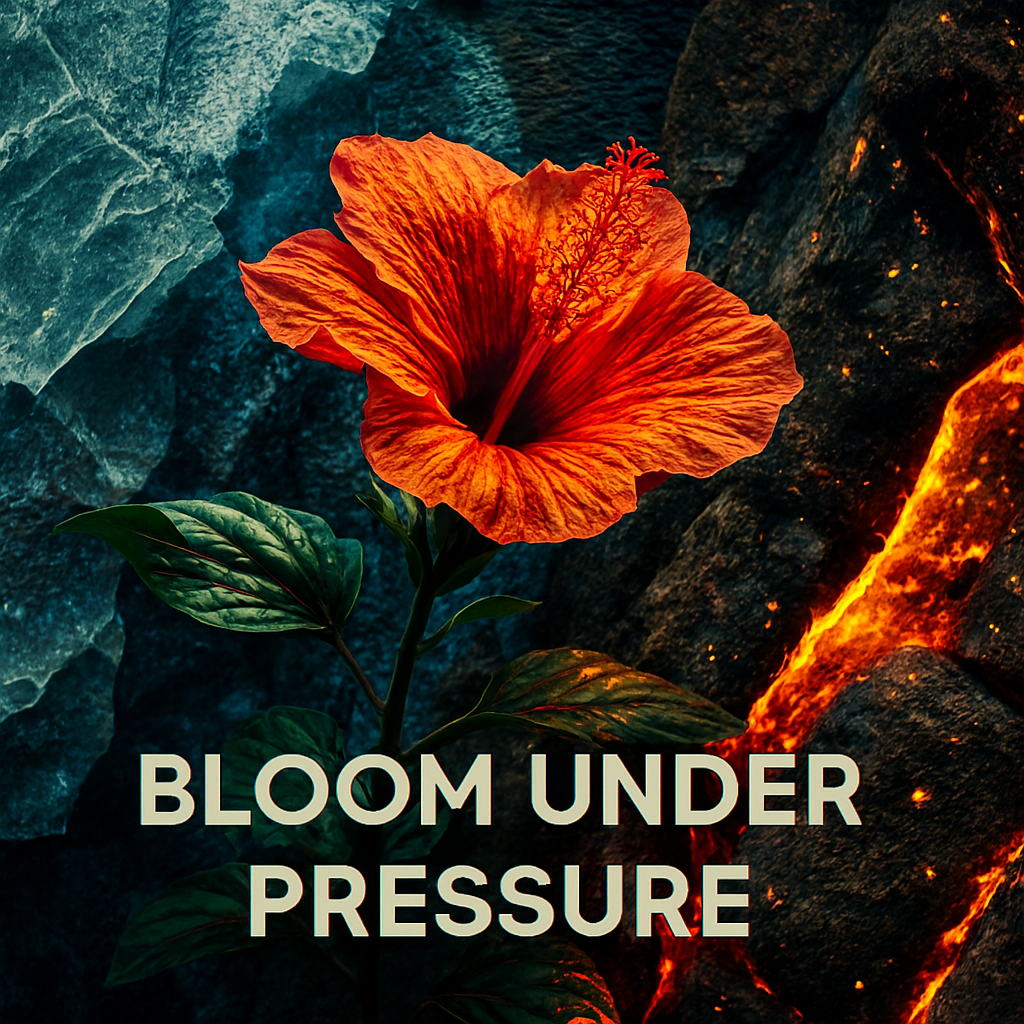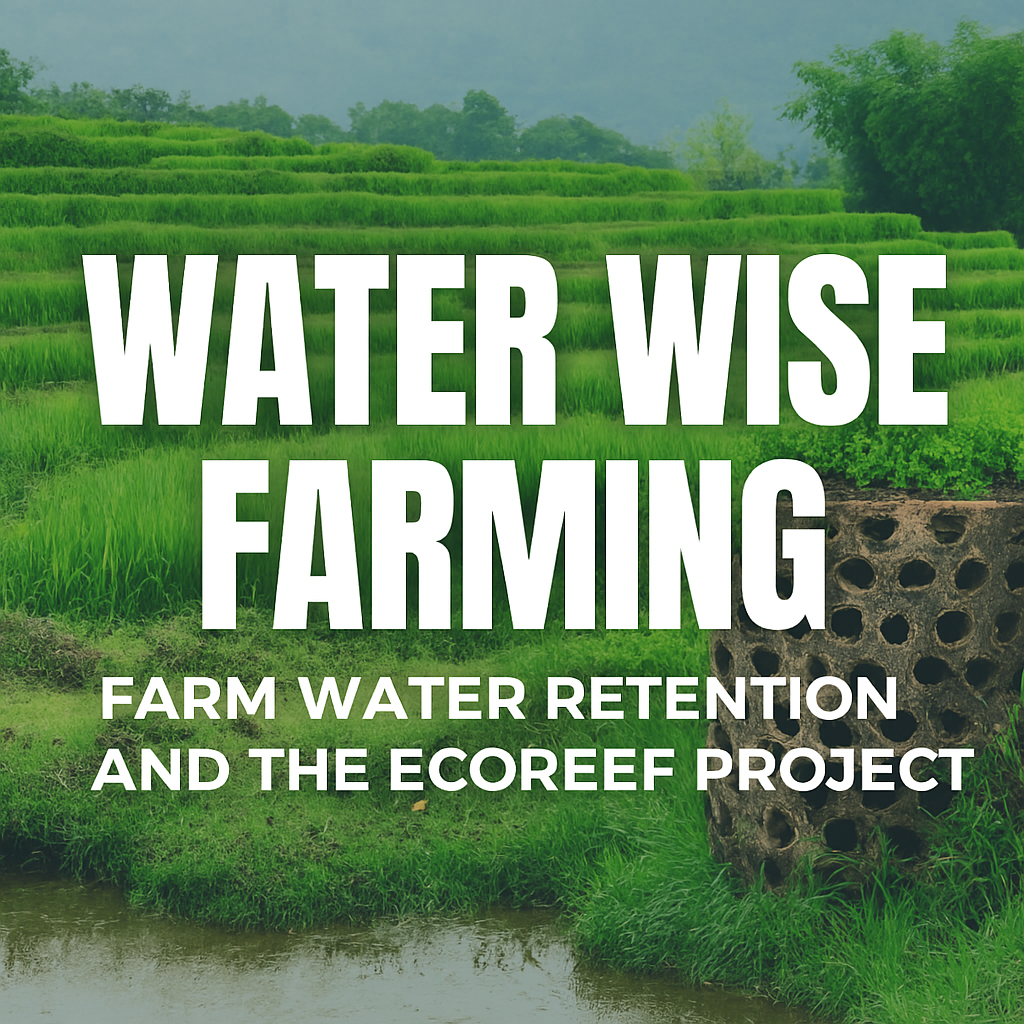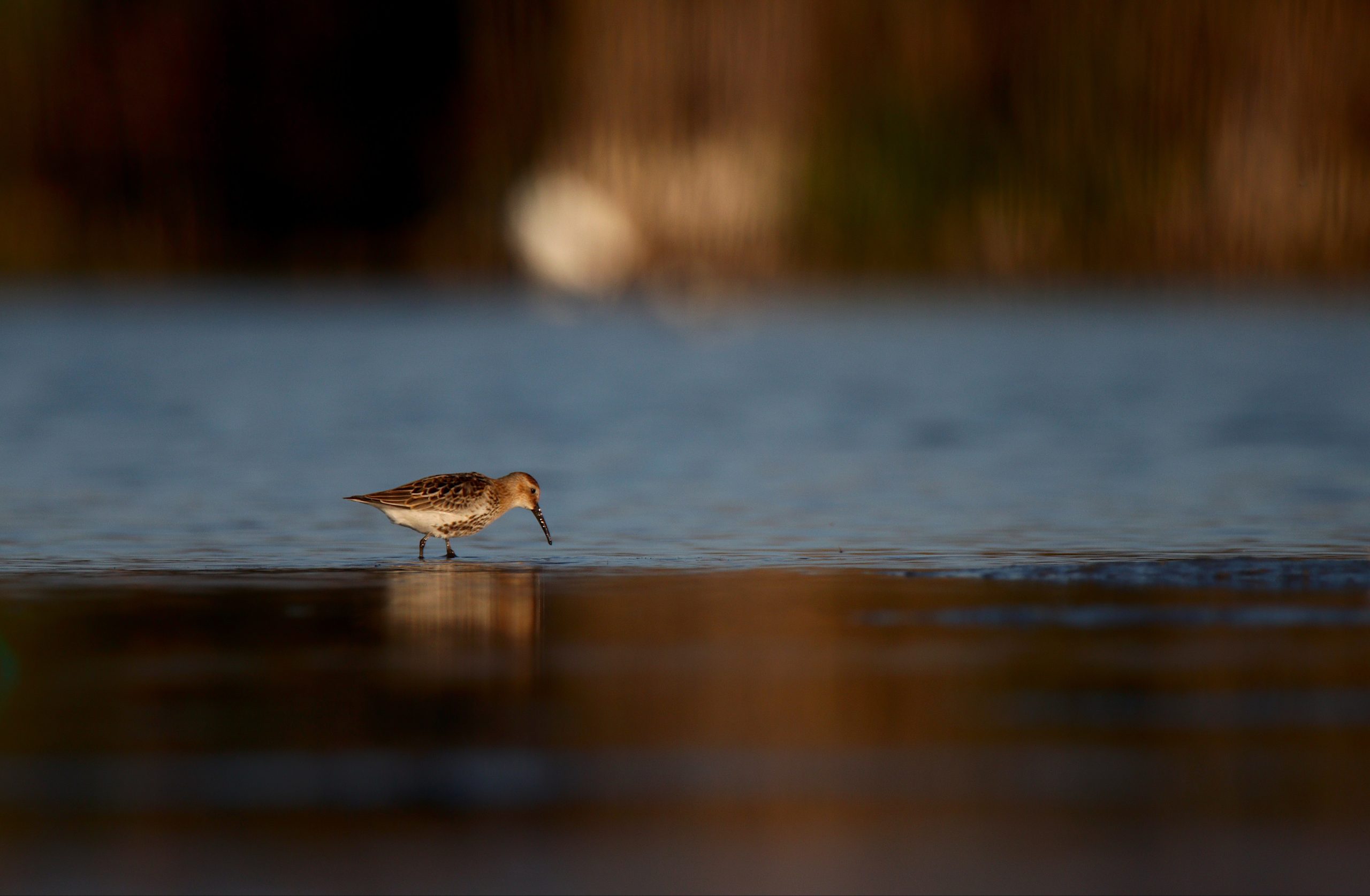How Engineered Reefs Transform Algae Dynamics and Aquatic Equilibrium
Introduction
EcoReefs are modular reef structures designed to restore aquatic ecosystems and regulate hydrodynamic forces. Unlike traditional barriers, they absorb and redirect water flow rather than deflect it. Their porous geometry slows currents, allowing sediment to settle and nutrients to redistribute. This engineered flow modulation directly impacts algae growth and aquatic plant behavior. Algae, which thrive in stagnant or nutrient-rich zones, respond differently to EcoReef-induced turbulence.
By reshaping flow velocity and direction, EcoReefs alter the physical and chemical conditions that govern algal proliferation. These structures also support colonization by filter feeders, which consume suspended algae and reduce bloom intensity. EcoReefs are deployed in intertidal, subtidal, and mid-depth zones, each with distinct ecological outcomes. Their placement influences oxygen levels, light penetration, and nutrient cycling. This post explores how EcoReefs transform water flow and algae dynamics across diverse aquatic environments.
Modulating Flow Velocity with Porous Geometry
EcoReefs are built with porous surfaces that diffuse incoming water energy. This design reduces peak flow velocity and creates microcurrents around the structure. Slower flow allows suspended particles to settle, reducing turbidity and sediment transport. Algae respond to these changes by shifting their colonization patterns. In high-flow zones, planktonic algae are dispersed and less likely to bloom. Attached algae may anchor to reef surfaces, but their growth is moderated by flow-induced shear stress. The geometry of EcoReefs creates sheltered pockets where flow is minimal. These zones support stable plant growth and controlled algal colonization. Flow modulation also enhances oxygen exchange and nutrient mixing. Overall, porous reef design balances energy dissipation with ecological productivity.
Algae Suppression Through Turbulence and Mixing
Algae thrive in stagnant water where nutrients accumulate and light is abundant. EcoReefs disrupt these conditions by generating turbulence and vertical mixing. Turbulent flow prevents thermal stratification and distributes nutrients more evenly. This reduces localized nutrient hotspots that fuel algal blooms. Mixing also increases oxygen levels, which suppress anaerobic algae species. Filter feeders colonizing the reef consume suspended algae, further reducing biomass. The physical presence of the reef alters light penetration, limiting photosynthesis in deeper layers. Algae that require stable substrates struggle to anchor in turbulent zones. Flow-induced stress inhibits rapid algal reproduction. EcoReefs create dynamic environments that favor biodiversity over monoculture. Algae suppression is a byproduct of engineered ecological balance.

Sediment Stabilization and Nutrient Redistribution
EcoReefs trap sediment within their porous structure, reducing downstream erosion. Stabilized sediment prevents nutrient release from disturbed substrates. This limits the availability of phosphorus and nitrogen that fuel algal growth. Sediment capture also improves water clarity, enhancing light conditions for aquatic plants. Nutrient redistribution occurs as flow slows and particles settle. Algae adapted to high-nutrient conditions may decline in these stabilized zones. The reef’s surface supports microbial communities that process organic matter. These microbes compete with algae for nutrients, further suppressing blooms. Sediment stabilization benefits rooted aquatic vegetation by providing firm anchorage. EcoReefs transform sediment dynamics into a tool for ecological regulation.
Aquatic Ecosystems & Algae Dynamics
Supporting Filter Feeders and Grazers
EcoReefs attract organisms that consume algae and regulate biomass. Oysters, mussels, and barnacles colonize reef surfaces and filter suspended particles. These filter feeders reduce phytoplankton density and improve water quality. Grazers like snails and small fish feed on attached algae, controlling surface growth. The reef’s structure provides habitat and protection for these species. Biodiversity increases as trophic interactions stabilize. Filter feeders also enhance nutrient cycling through biodeposition. Their waste supports microbial activity that competes with algae. Grazers prevent algal overgrowth that can smother reef surfaces. EcoReefs create a living system where algae are part of a balanced food web.
Enhancing Oxygenation and Preventing Hypoxia
Water movement around EcoReefs increases oxygen diffusion and surface aeration. This prevents hypoxic zones that favor anaerobic algae and harmful blooms. Oxygen-rich conditions support aerobic organisms and suppress toxin-producing species. Flow-induced mixing distributes oxygen throughout the water column. Reef surfaces host photosynthetic organisms that contribute to oxygen production. Filter feeders also enhance oxygenation through metabolic activity. Hypoxia is common in stagnant or stratified water bodies, but EcoReefs disrupt these patterns. Increased oxygen levels improve fish health and aquatic resilience. Algae that thrive in low-oxygen environments are displaced. EcoReefs maintain oxygen balance through engineered hydrodynamics.
Light Regulation and Algal Photosynthesis
EcoReefs influence light penetration by altering water clarity and surface reflection. Sediment capture reduces turbidity, allowing deeper light penetration. However, reef structures also cast shadows and create light gradients. These gradients affect algal photosynthesis and growth rates. Algae adapted to high light may decline in shaded zones. Filter feeders reduce surface scum that blocks sunlight. Light regulation supports submerged plant diversity and limits algal dominance. Reef geometry creates varied light conditions across its surface. Photosynthetic efficiency is moderated by flow and light interaction. EcoReefs balance light availability to support ecological diversity.
Thermal Mixing and Temperature Control
Extended water flow around EcoReefs disrupts thermal stratification. This mixing prevents temperature layering that favors bloom formation. Algae often proliferate in warm, stagnant surface layers. By blending warm and cool water, EcoReefs create uniform temperature profiles. This reduces thermal stress and supports species adapted to stable conditions. Temperature control also affects metabolic rates and reproduction cycles. Reef placement influences solar exposure and heat absorption. Cooler, mixed water inhibits thermophilic algae species. Thermal regulation enhances resilience to climate variability. EcoReefs act as passive temperature moderators in aquatic systems.
Algae Colonization on Reef Surfaces
While EcoReefs suppress planktonic blooms, they may host attached algae. These algae colonize porous surfaces and compete for space with other organisms. Grazers and filter feeders regulate surface growth and prevent overaccumulation. Reef texture influences colonization patterns and species composition. Algae that anchor to rough surfaces may thrive in low-flow pockets. However, flow-induced shear stress limits biomass buildup. Surface colonization contributes to reef productivity and nutrient cycling. Monitoring algal growth on EcoReefs informs maintenance and ecological outcomes. Balanced colonization supports biodiversity without triggering blooms. EcoReefs manage algae through structural and biological controls.

Flow Diversion and Habitat Creation
EcoReefs redirect water flow to create diverse aquatic habitats. Flow diversion reduces erosion and protects vulnerable shorelines. Sheltered zones support plant growth and juvenile fish development. High-energy zones favor filter feeders and oxygen exchange. Reef placement determines flow patterns and ecological niches. Habitat complexity increases with modular reef expansion. Flow variation supports species adapted to different velocities. Algae respond to these microhabitats with localized growth. Habitat creation enhances resilience and ecological function. EcoReefs transform flow into a tool for habitat engineering.
Intertidal Deployment and Algae Control
EcoReefs placed in intertidal zones experience strong wave action and air exposure. These conditions limit algal colonization and favor hardy species. Modules resist displacement and absorb wave energy. Flow modulation reduces shoreline erosion and sediment loss. Algae that require stable, submerged conditions struggle to establish. Filter feeders colonize quickly and consume suspended algae. Intertidal reefs protect vegetation and infrastructure from algal overgrowth. Monitoring is easier in shallow zones, allowing rapid response. Algae suppression is most effective in high-energy intertidal environments. EcoReefs offer shoreline defense and ecological restoration simultaneously.
Subtidal Deployment and Flow Optimization
Subtidal EcoReefs remain submerged and interact with continuous water flow. These modules support coral fragments, seagrass, and filter feeders. Constant flow enhances nutrient exchange and oxygenation. Algae are dispersed by turbulence and consumed by reef organisms. Sediment stabilization improves clarity and reduces bloom risk. Reef geometry allows interlocking expansion without disturbing colonies. Subtidal placement is strategic and thoughtout to encourage long-term reef formation and habitat complexity. Algae suppression is sustained through biological and physical mechanisms. These reefs serve as nurseries for fish and invertebrates. Subtidal EcoReefs optimize flow for ecological productivity.
Mid-Depth Deployment and Light Adaptation
Mid-depth EcoReefs operate between surface light and deep pressure zones. These areas favor species adapted to low light and moderate flow. Reef modules maximize surface area for colonization and nutrient exchange. Algae adapted to dim conditions may colonize shaded reef surfaces. Flow modulation prevents bloom formation and supports biodiversity. Filter feeders thrive in mid-depth zones and regulate algae. Light gradients influence species composition and photosynthetic activity. Reef placement balances ecological needs with structural stability. Algae suppression is achieved through controlled light and flow. Mid-depth EcoReefs expand habitat diversity and ecological reach.
Conclusion
EcoReefs reshape aquatic ecosystems by modulating water flow and regulating algae dynamics. Their porous geometry slows currents, stabilizes sediment, and enhances oxygenation. Algae suppression occurs through turbulence, nutrient redistribution, and biological competition. Reef surfaces support colonization but prevent overgrowth through grazing and flow stress. Deployment across intertidal, subtidal, and mid-depth zones creates diverse ecological outcomes. Flow diversion and habitat creation enhance resilience and biodiversity. Light and temperature regulation further influence algal behavior. EcoReefs transform engineered structures into living systems. Their impact on algae is both direct and systemic. These modular reefs offer a blueprint for ecological restoration through hydrodynamic design.
Monitoring EcoReef Impact on Algae Dynamics
Evaluating EcoReef performance requires long-term ecological monitoring. Researchers track changes in flow velocity, sediment stability, and algal biomass. Remote sensors measure oxygen levels, temperature, and turbidity near reef modules. Visual surveys document colonization by algae, filter feeders, and aquatic plants. Data is used to refine reef design and placement strategies. Monitoring reveals seasonal variations in algae suppression and flow modulation. Citizen science programs contribute valuable observations and local insights. Adaptive management responds to unexpected ecological shifts. EcoReefs are living systems that evolve with environmental conditions. Continuous monitoring ensures their effectiveness and ecological integrity.
Join the Discussion
Have you seen EcoReefs in action — or worked on aquatic restoration projects that use modular reef systems? Do you think engineered flow modulation is the future of algae control and habitat design? What challenges have you faced in balancing algae suppression with biodiversity goals? How do you see reef design evolving in response to climate pressure and urban runoff?












Leave a Reply